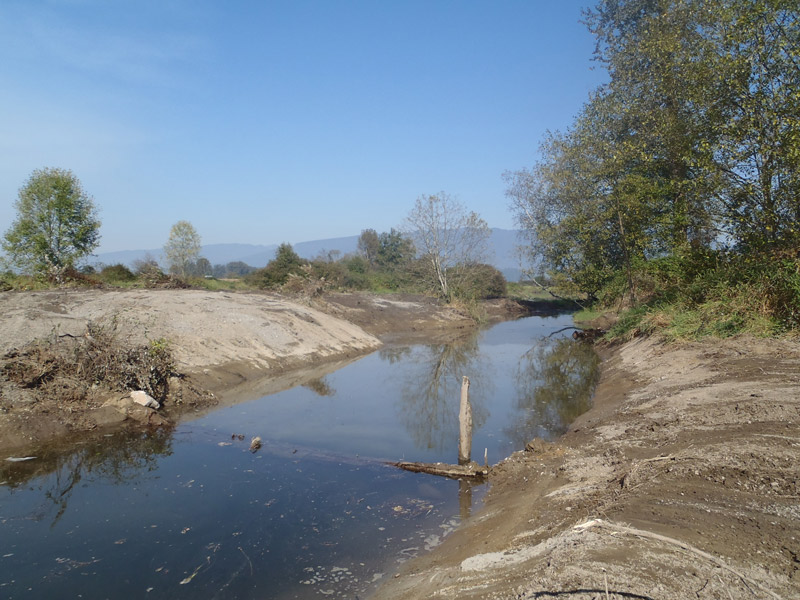History of the Site
The south Alouette River Watershed is a relatively small system (144 sq. km). The river flows 21 km from the Alouette Reservoir to the Pitt River. The dam placed at the south end of a natural lake and river system obstructed all anadromous fish stocks and significantly decreased the amount of habitat available to local fish populations in the river downstream of this new dam. Salmonid species that had previously spawned upstream of the dam and required a lake as part of their life-cycle were completely blocked from this upstream access and as a result sockeye, and gradually over time, chinook salmon were extirpated from the system.












